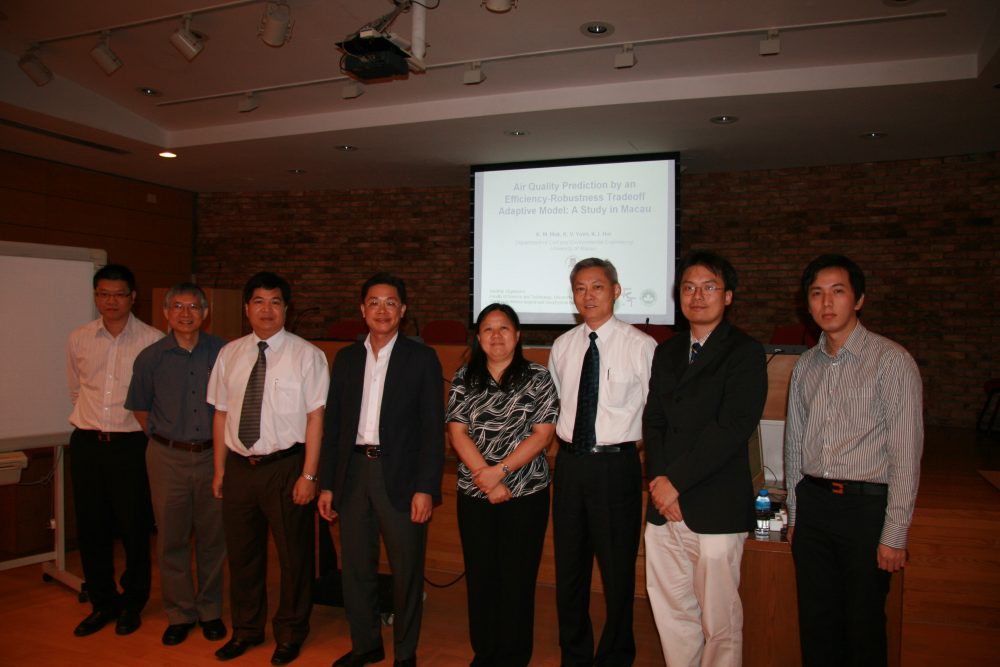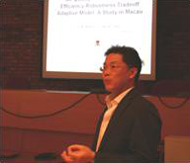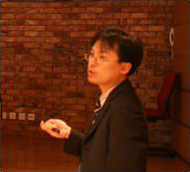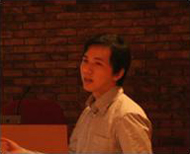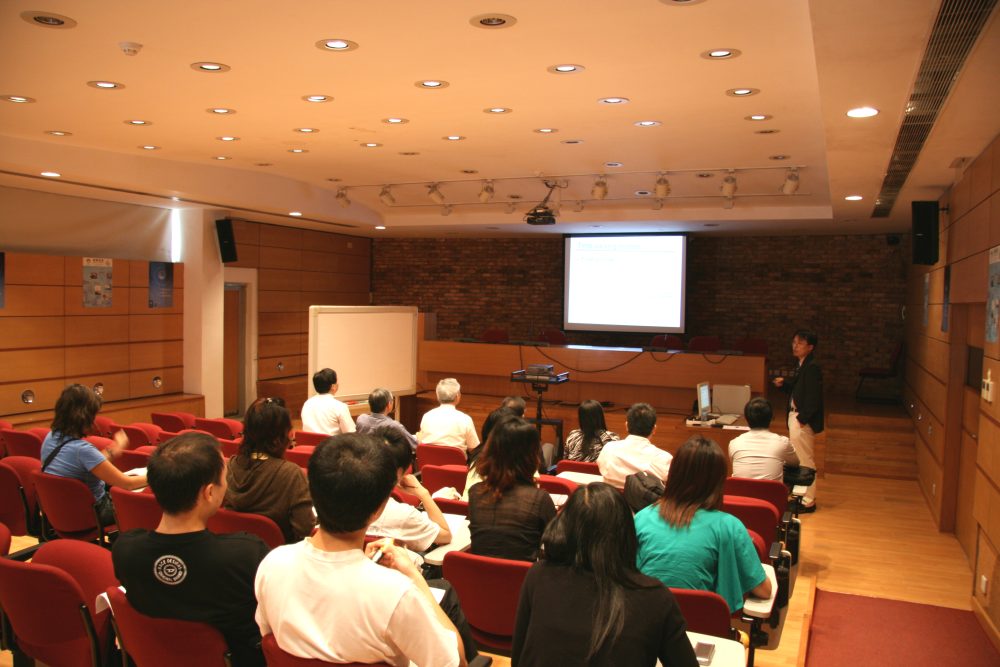A seminar titled ‘Air Quality Prediction by an Efficiency-Robustness Tradeoff Adaptive Model: A Study in Macau’, co-organized by the Department of Civil and Environmental Engineering of Faculty of Science and Technology and The Macao Meteorological and Geophysical Bureau (SMG) of Macao SAR, took place at the Macao Meteorological and Geophysical Bureau on 18th September 2008, with the participation from the Environment Council of Macao SAR.
This seminar is delivered by Prof. Mok Kai Meng (Dean of FST), Prof. Yuen Ka Veng (Head, Department of Civil and Environmental Engineering) and Mr. Hoi Kai In (PhD Candidate in Civil Engineering).
This seminar focused on a 3-Year Research Project, funded by the Science and Technology Development Fund (FDCT), to exploit an air quality prediction system for Macao. There are 5 main types of air pollutants in Macao being monitored and this research project focused on PM10 as it is the dominant pollutant in Macao, especially in winter because of the north wind blown from the Mainland which results foul air.
Recently, the economic growth in Macao and the region leads to a deteriorating air quality due to the increased consumption of electricity, emission from increased number of motor vehicles and also the emission from factories in Mainland.
This project aims to predict the air quality so as to remind citizens with respiratory illness to avoid going out especially on the days with bad air quality. Besides, we can understand more about the air pollutants and try to monitor the air quality better in the coming future.
The system currently used by the Macao Meteorological and Geophysical Bureau for daily air quality prediction was first exploited by Prof. Mok Kai Meng, Dean of FST and Prof. Tam Sik Chung, Associate Professor of Department of Mathematics in 2001. It is an offline system using artificial neural network to draw inferences on the air quality of tomorrow from only its behavior in the past. Hence it is not adaptive and would require adjustment and retraining over time when the conditions change. During the seminar, a new model using Kalman filter was introduced for its benefits. This filtering system is able to consider also the condition of the weather as it is the most important factor affecting the air quality. For example, directions of wind can determine what kind of air will be blown into the city. Rainfall can wash the air and make it clearer. Speed of winds can blow away the dirty air quickly but on the other hand will also bring back other dirty air form the outside at the same speed. Therefore taking into account of the climate can help much in the prediction of air quality. Another advantage of this filtering system is its adaptive nature; once the system got new data, it would be automatically updated hence no retraining is needed and making itself more in sync with the predicted system for better performance.
This 3-year Project is one of the key research projects in UM and Mr. Hoi Ka In has got a Student Paper Award in the EPMESC X Conference for part of its work. The research team is hoping this technique to be extended in predicting the concentrations of other pollutants in Macao, so that an improved prediction system could be developed together with the Macao Meteorological and Geophysical Bureau and the Environment Council in the future. At the same time, they hope to understand more on the Physics of the air pollutant flow of Macao and the neighboring region so as to provide more effective suggestion to the government policies regarding the issue.


